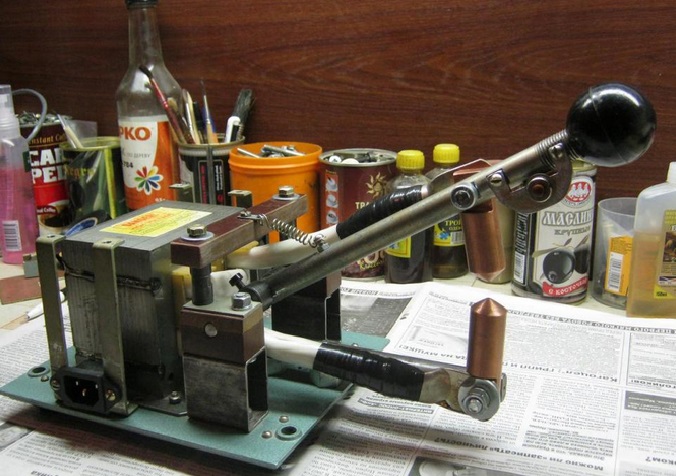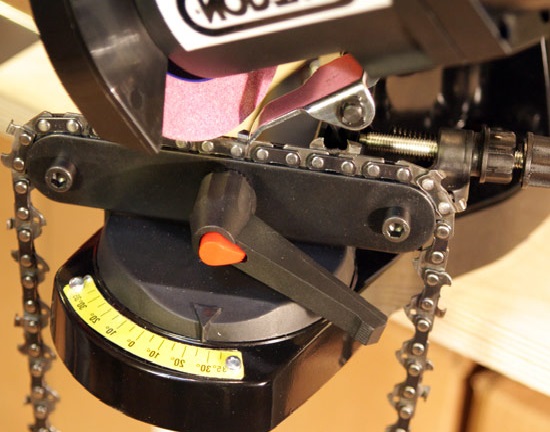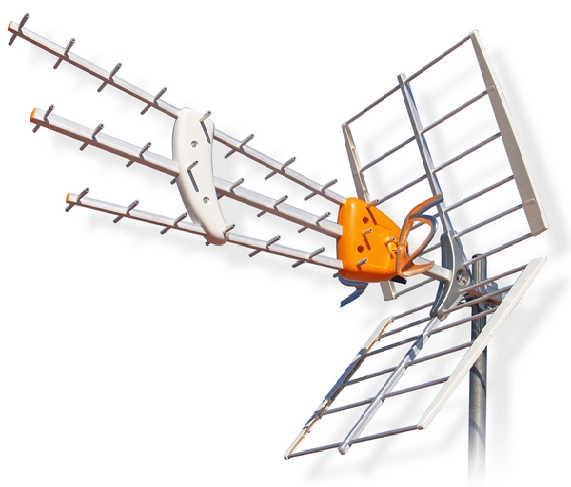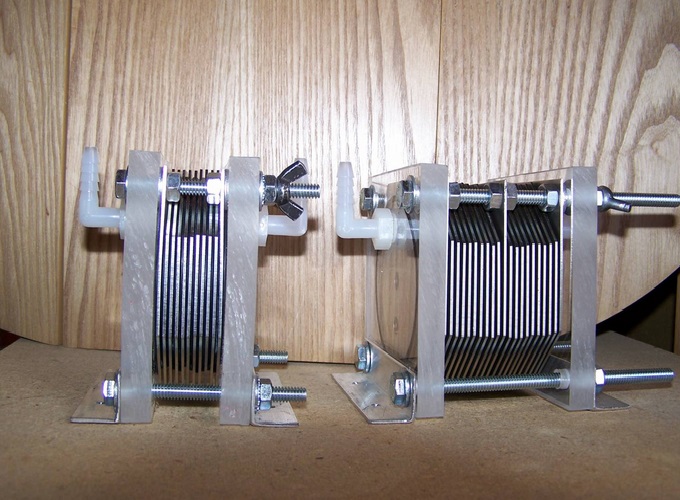Stainless steel welding can indeed be performed using a welding inverter. Stainless steel welding is carried out using special electrodes, such as “SpecElectrode.” The following are the most commonly used welding electrodes for stainless steel welding: CL-11, OZL-8, CT-28, CT-15, EA-400/10U, and so on.
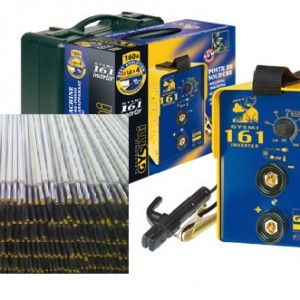
The process of electric welding involves creating an arc between the electrode and the surface of the workpiece to be welded. To ensure a successful welding result, it is important to follow simple rules that will lead to high-quality and fast stainless steel welding.
To the surface being welded, attach the cable coming from the welding machine. The second cable, with the electrode, should be brought close to the welding surface, resulting in the formation of a welding arc.
For reliable inverter welding of stainless steel, it is necessary to adhere to welding rules using electrodes. The optimal distance between the tip of the electrode and the workpiece surface should be within the range of 2 to 6 mm. Due to the influence of high temperatures, the metal melts, filling the groove formed during the arc’s impact on the surface of the weld metal. With the correct movement of the electrode, the entire groove will be filled, and the welding quality will be high.
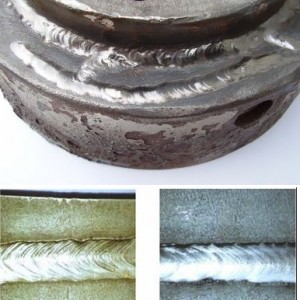
To achieve good results in welding work, it is important to carefully select the electrodes. Electrodes for stainless steel welding should have sufficient impact toughness and weld seam viscosity. Additionally, the electrode diameter should match the thickness of the workpiece being welded.
The correct angle of the electrode during welding is important. The inclination angle should be approximately 80 degrees, with an inclination towards the arc. The arc is formed by drawing the electrode over the surface of the workpiece or by lightly striking the surface.
Can Stainless Steel Be Welded with Regular Electrodes?
Stainless steel can be welded with electrodes, but it requires the use of special electrodes for stainless steels, such as 309L or 316L electrodes. Using regular electrodes can lead to the appearance of black spots or even corrosion on the surface of stainless steel at the welding point. Therefore, special electrodes and technologies are necessary for welding stainless steel.
What Current is Needed for Stainless Steel Welding?
The required current for stainless steel welding depends on several factors, including the thickness of the metal, the type of stainless steel, the electrode size, the electrode’s travel speed over the metal surface, and more. For example, welding stainless steel with a thickness of 1 mm may require a current in the range of 90 to 110 A. These are approximate values and can vary depending on factors such as the type of stainless steel, electrode size, welding technique, humidity, etc.
In general, welding stainless steel requires a current ranging from 50 to 250 A.
Video – Can Stainless Steel be Welded with a Welding Inverter?
By following these guidelines, you can successfully use a welding inverter for stainless steel welding and achieve high-quality results.

